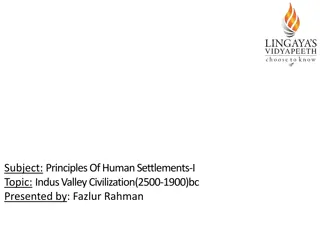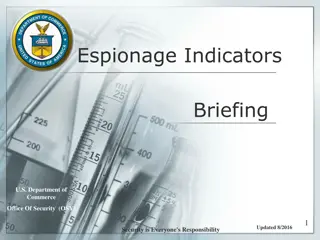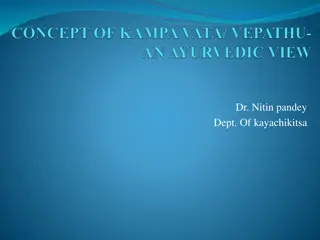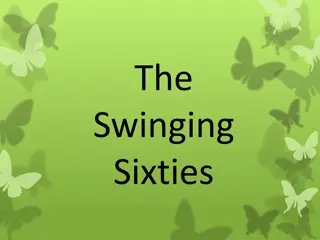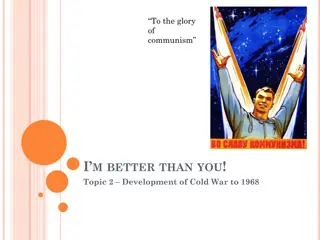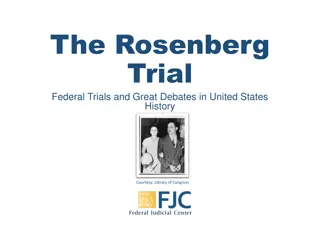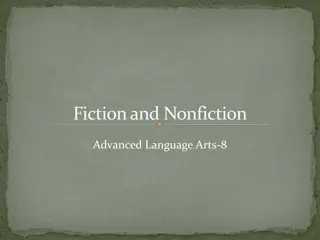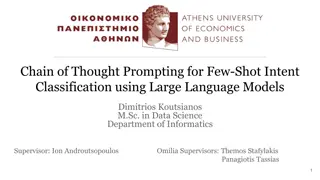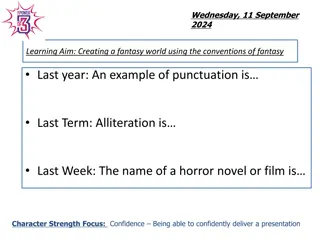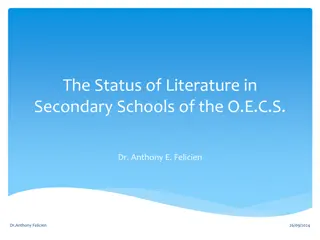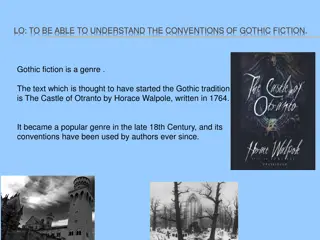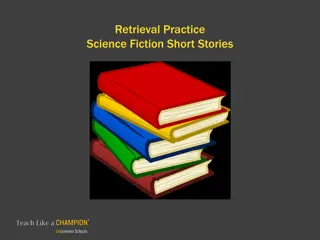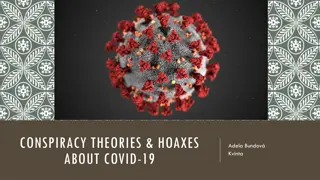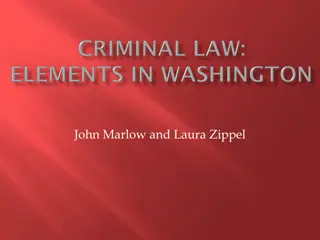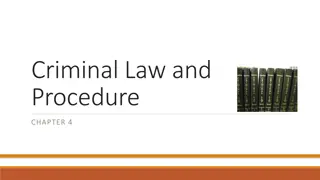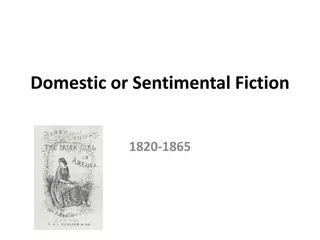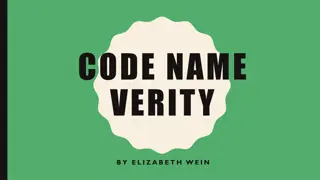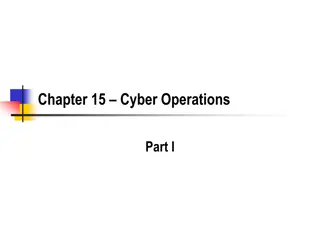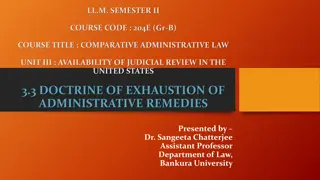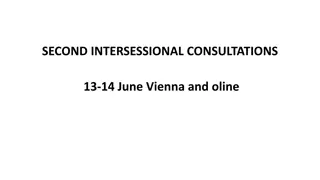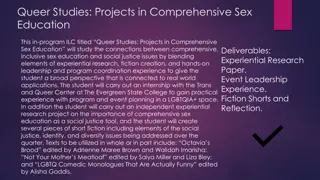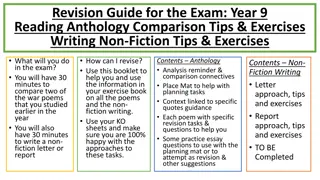Anthony Burgess and the Tremor of Intent: Exploring Espionage and Fiction in the Sixties
Discover the intriguing world of Anthony Burgess as a novelist, his impact on the literary scene of the sixties, and his exploration of espionage in his works. Uncover the cultural context of the era, the growth of popular music, and the significance of Cold War tensions. Delve into Burgess's unique blend of spy fiction, literary experimentation, and examination of the human condition in "Tremor of Intent," a novel that challenges conventions and offers a fresh perspective on the espionage genre.
Download Presentation

Please find below an Image/Link to download the presentation.
The content on the website is provided AS IS for your information and personal use only. It may not be sold, licensed, or shared on other websites without obtaining consent from the author. Download presentation by click this link. If you encounter any issues during the download, it is possible that the publisher has removed the file from their server.
E N D
Presentation Transcript
ANTHONY BURGESS, TREMOR OF INTENT LIT 3024 Sense of an Ending
OVERVIEW Burgess as novelist The sixties scene The spy genre Key characteristics of Burgess s novel
BURGESS AS NOVELIST Long and prolific career Malayan trilogy late 50s Terminal year five novels A Clockwork Orange (1962) Enderby novels Earthly Powers (1980) A Dead Man in Deptford (1992)
THE SIXTIES Sexual intercourse began in 1963 (Philip Larkin) Relative prosperity Youth cultures and sub-cultures Cold war tensions (Cuban missile crisis, Kim Philby)
CULTURAL CONTEXT OF THE SIXTIES Growth of pop music Pirate radio stations, leading to BBC reorganisation Pop art (Warhol, Lichtenstein) End of theatrical censorship Much greater frankness in literature Decriminalisation of homosexuality, 1967
ESPIONAGE AND FICTION Already established genre (Conrad, The Secret Agent, 1907) Eric Ambler, 1930s Ian Fleming, James Bond 1953 on New resonance in Cold-War era John le Carre, The Spy Who Came in From the Cold (1963)
BURGESS AND ESPIONAGE Honey for the Bears (1963) comic novel involving character trapped in Leningrad by Russian spies Produced script for James Bond film Espionage features in several later novels, e,g, Earthly Powers, Any Old Iron, A Dead Man in Deptford. No evidence AB himself a spy
TREMOR OF INTENT Published 1966 Biswell: blend of Ian Fleming-style spy fiction, Graham Greene-style examination of the human condition, and some literary experimentation, owing something to James Joyce An eschatological spy novel. Connotations of the title
STRUCTURE AND STYLE Part 1: First person narrative by Hillier begins in medias res on the Polyolbion crusie ship Account of his and Roper s Catholic upbringing, and war experience, post-war meeting Brigitte Hillier s position as spy on final job before retirement His self-loathing (p.47)
STRUCTURE AND STYLE Part 2: Third-person omniscient narrator Early indications of Fleming-style spy genre (p.49) Closed environment of the ship recalls Greene, StamboulTrain Set piece scenes of excess ( sex, gluttony) Ending: Everything he s told us is religious. (p.112)
STRUCTURE AND STYLE Part 3: Joycean stream of consciousness / internal monologue Third-person omniscient narrative, with the Roper memoir interpolated Part 4: The most conventional section straightforward third-person narration.
THEMES AND ISSUES Manichean universe Ah, what a bloody Manichean mess life is. (p. 21) Manicheanism doctrine of primordial battle between light and darkness, good vs. evil You can t get away from the great opposition. (p.219)
THEMES AND ISSUES Hillier s regeneration foreshadowed from the start belief in Original Sin, the schooldays at a school whose patron saint is Augustine. Roper s rationalism undone by observation of reality of evil in the world. Overtly religious language, particularly at the end God and Not-god. (p.219)
CONCLUSIONS Strange mix of genres Spy novel, thriller, philosophical treatise Mix of styles some conventional realist segments, others more experimental. Allusion, symbolism, puzzles text is awash with traps for the unwary reader.


